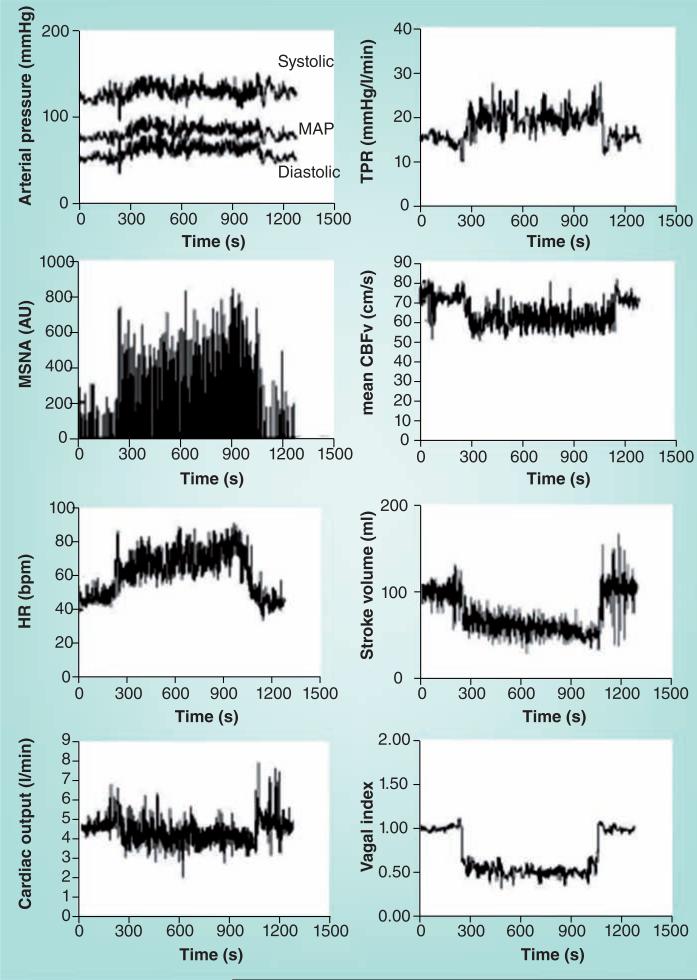Figure 3. Hemodynamic and neurovascular changes during upright tilt in a representative healthy volunteer.
The left panel shows from top to bottom: arterial pressure, MSNA from the peroneal nerve, HR and cardiac output. The right panel shows from top to bottom: TPR, CBFv by transcranial Doppler ultrasound, stroke volume and a vagal index calculated from the respiratory sinus arrhythmia component of the frequency spectrum of HR variability. The subject is a representative healthy volunteer. During upright tilt, systolic, diastolic and MAPs increase slightly, while pulse pressure is decreased with a decrease in stroke volume by approximately 40%. HR increases so that cardiac output is only decreased by 20% because of the increase in HR. Cerebral blood flow decreases by 5–10%. Both total peripheral vascular resistance and muscle sympathetic nerve activity increase, while the vagal index decreases, reflecting, respectively, sympathetic activation and parasympathetic withdrawal.
CBFv: Cerebral blood flow velocity; HR: Heart rate; MAP: Mean arterial pressure; MSNA: Muscle sympathetic nerve activity; TPR: Total peripheral vascular resistance.

